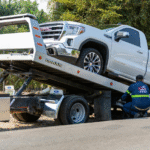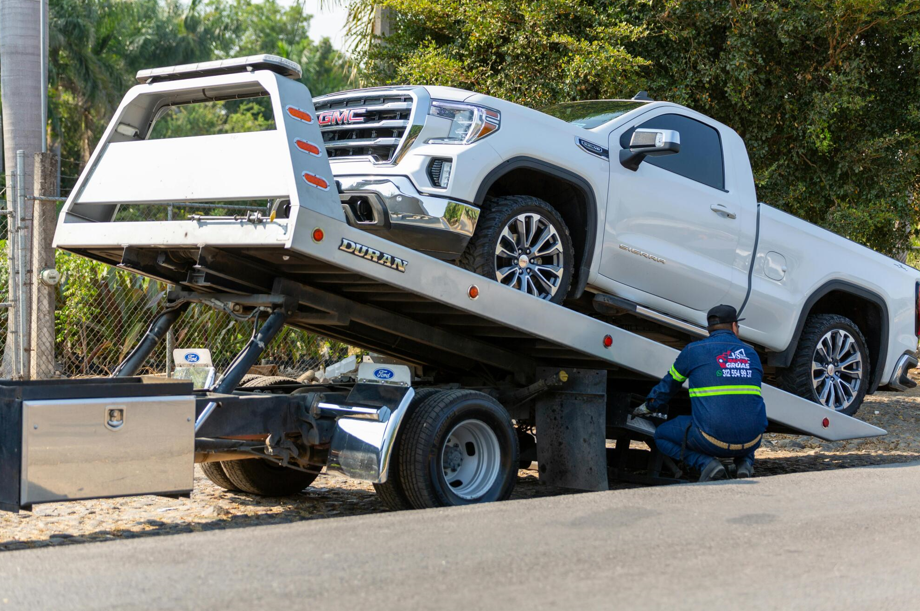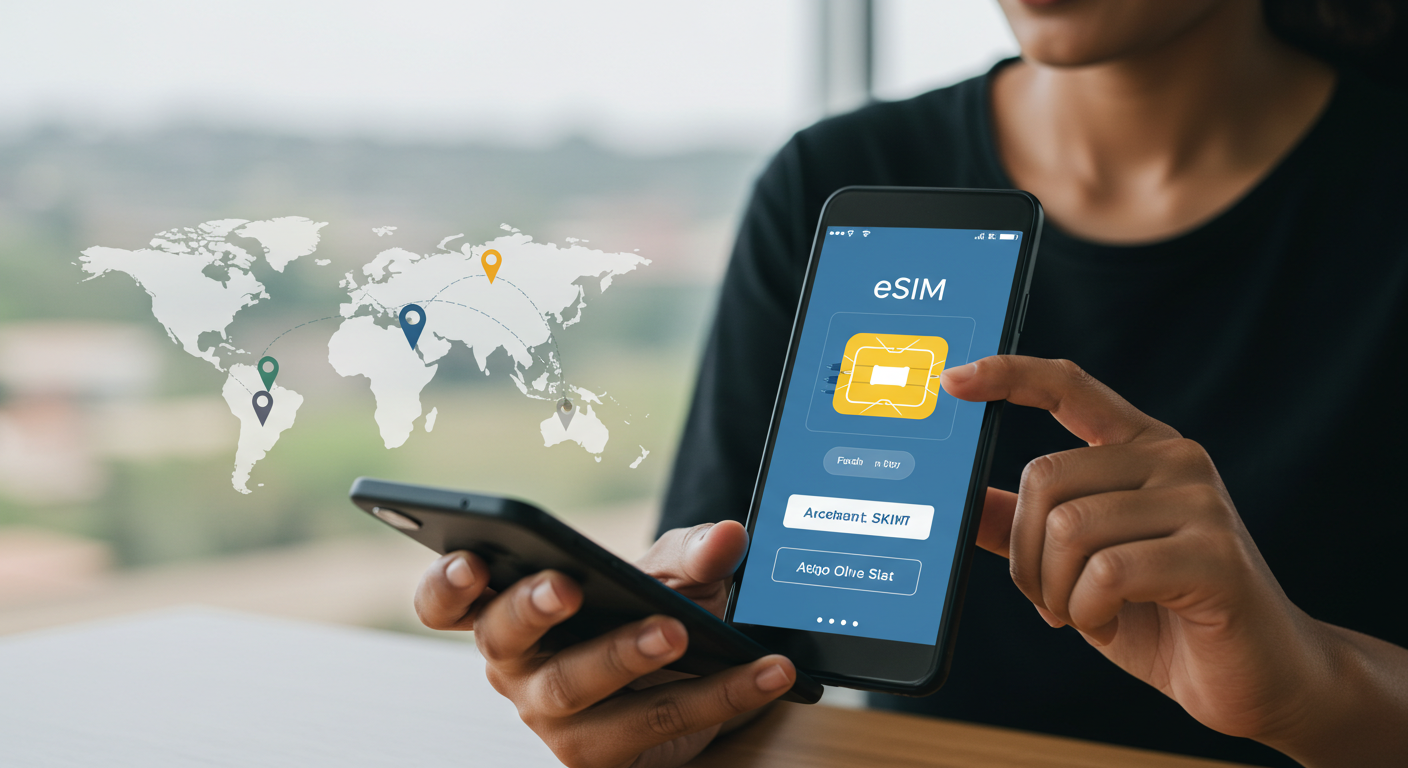Certified mail is a trusted way to send important documents. It offers tracking, proof of delivery, and added security.
But many people wonder, how long does certified mail take? The timeline can vary based on several factors.
Below is a detailed guide to help you understand the process.
Processing at the Sending Location
Certified mail begins its journey at the mail sender’s local post office. The mail is logged and assigned a unique tracking number. This step ensures that the mail work is properly documented.
Processing usually takes one business day. Delays may occur during busy seasons. Mail is checked to ensure that all necessary documentation and postage requirements are met.
The sender receives a mail receipt as proof that the item has been accepted for mailing. Proper documentation at this stage helps avoid errors and delays.
Sorting at the Regional Facility
After leaving the local post office, certified mail moves to a regional sorting center. Here, it is scanned and sorted by destination. This sorting process generally takes one to two business days.
The efficiency of this step can impact delivery time. Sophisticated sorting machines help speed up this process by identifying routes quickly. Manual intervention is sometimes required for mail with unclear labels.
Proper sorting ensures that the mail reaches the correct destination without unnecessary delays.
Transportation to the Destination Area
Once sorted, the certified mail is transported to the destination area. The mode of transport can vary, including trucks or planes. For local destinations, transport may take a day. For longer distances, it can take up to three days.
Weather conditions can also affect transportation timelines. Efficient transportation routes help minimize transit times. Monitoring systems keep track of mail movement to ensure timely delivery.
Arrival at the Destination Sorting Facility
At the destination facility, the mail undergoes another sorting process. This ensures it is directed to the correct delivery route. This step usually takes one business day. Efficient sorting helps maintain delivery timelines.
Mail is scanned again to confirm its arrival at this facility. Sorting personnel prioritize certified mail to ensure faster processing. Proper handling at this stage ensures smooth delivery to the local post office.
Delivery to the Local Post Office
Certified mail is then sent to the recipient’s local post office. This step often takes less than a day. The local post office prepares the mail for final delivery. Additional processing may cause minor delays.
The mail is organized by delivery route to streamline the carrier’s schedule. Any special delivery instructions are noted at this stage. Timely preparation helps ensure that the mail reaches the recipient promptly.
Final Delivery Attempt
The mail carrier attempts to deliver the certified mail to the recipient. If the recipient is available, proof of delivery is obtained. This typically happens within one to two business days. If the recipient is unavailable, a notice is left.
The notice provides instructions for scheduling a redelivery or picking up the mail at the post office. Multiple delivery attempts may be made depending on the carrier’s policy. Ensuring someone is available to sign can speed up this process.
Handling of Undelivered Mail
If the mail is not delivered, the recipient can pick it up at the post office. This option is available for a limited time. Proper identification is required for pickup. This step adds a few extra days to the timeline.
The post office usually provides a secure holding area for undelivered certified mail. Reminders may be sent to the recipient to collect the mail. Failure to pick up the mail can result in its return to the sender.
Signature Requirement
Certified mail often requires a signature upon delivery. This ensures proof of delivery for the mail sender. The signature adds security but may cause slight delays. A signature waiver is not available for certified mail.
Recipients should be prepared to sign upon delivery. If someone else is authorized to sign, they must provide proper identification. The signature process ensures accountability and secure handling.
Return to Sender
If the recipient does not claim the mail, it is returned to the sender. This process can take up to two weeks. The mail is handled carefully to maintain its original condition. Mail receipt is essential when returning certified mail.
The return process includes scanning and logging the mail for tracking purposes. The sender is notified of the return. Keeping the receipt helps the sender verify the mail’s journey.
Importance of Tracking Updates
Tracking updates are crucial for certified mail. They provide real-time information about the mail’s status. Knowing how to track certified mail helps ensure it reaches the intended recipient. Tracking also aids in locating delayed mail.
Frequent updates offer peace of mind to both senders and recipients. Tracking numbers can be entered online for instant status checks. This transparency improves the overall mail experience.
Delivery Time Variations
Delivery times can vary based on distance and mail volume. Local deliveries may take two to three days. Cross-country mail can take up to seven days.
Understanding these factors helps manage expectations. High mail volumes during holidays may extend delivery times. Choosing expedited services can reduce wait times.
Weather and Other Delays
Weather conditions can impact delivery timelines. Storms and extreme weather may cause delays. Other factors, like holidays, also affect delivery. It’s essential to plan ahead for time-sensitive mail.
Road closures and natural disasters can further complicate deliveries. Postal services often work to reroute mail during such events.
Mail Insurance Options
Certified mail provides peace of mind, but insurance is optional. The mail insurance cost depends on the declared value of the contents. Insurance covers loss or damage during transit.
It’s a good choice for high-value items. Claims can be filed if the insured mail is lost or damaged. Insurance provides additional security for valuable documents.
Ensuring a Smooth Process
To ensure smooth delivery, provide accurate addresses. Double-check recipient information before sending. Keep the mail receipt for tracking and proof of delivery. Planning and attention to detail make a difference.
Verify that all required documentation is complete. Proper packaging helps protect the contents during transit. Following these steps minimizes the risk of delays or issues.
So, How Long Does Certified Mail Take?
Understanding how long does certified mail take is essential for planning important communications. By staying informed and following best practices, you can ensure your certified mail reaches its destination securely and on time.
Keeping track of each step, from processing to final delivery, provides peace of mind and helps maintain effective communication.
To red more, visit our blog page. We do have more topics!











